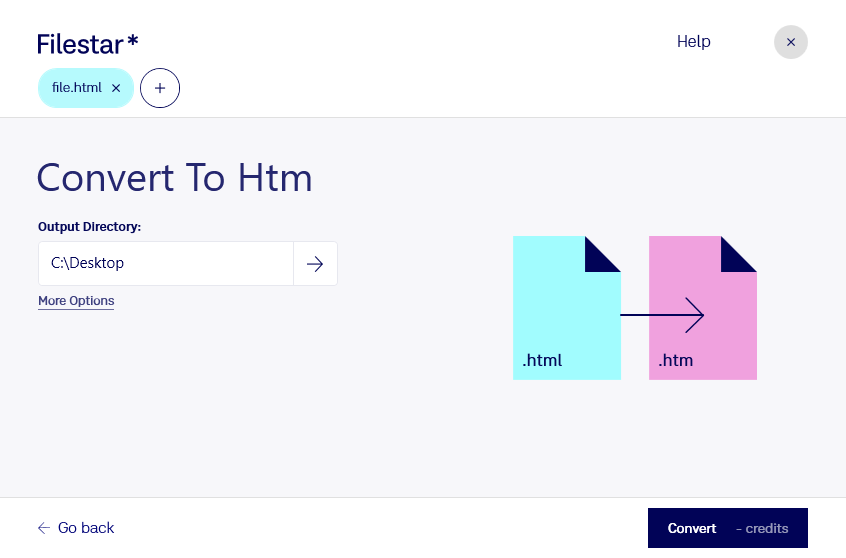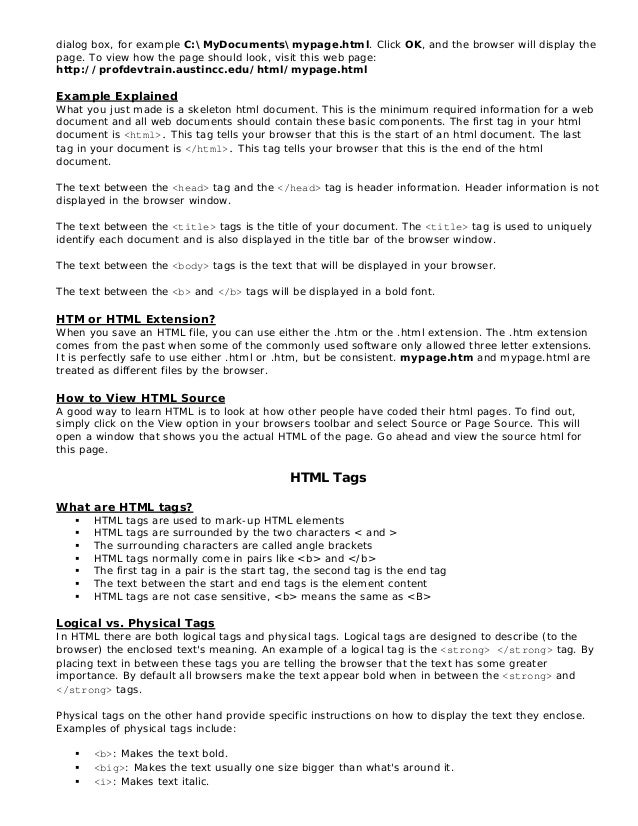

Jsp is one of the latest additions to the Java Enterprise suite of APIs. (Note that is now becoming common to see jsp and php extensions as well. On the other hand, your Web pages now contain code that may have bugs in it, so it is possible for a page to "crash." With freedom comes responsibility. This code can do just about anything - read databases, run other programs, custom format pages based on the user's ID, etc. A Web page can contain Visual Basic code that the server executes when it lifts a page off the disk. This approach makes it very easy to change things like headers and footers on pages across an entire site.Īctive Server Pages ( asp) is a Microsoft technology that allows even more flexibility. Then it sends the final page to the client. So a page is lifted off the server's disk and the server makes all the substitutions indicated. With SSI, a page can contain tags indicating that another file should be inserted in place of the tag in the existing page. The file is lifted off the server's disk and sent verbatim to the client. Pages tagged with shtml reveal that "Server Side Includes" are being used on the server. HowStuffWorks runs off a UNIX server but uses "htm" as its extension - it's the webmaster's choice. It used to be that you could tell whether a Web site was running on UNIX or Windows by looking at the file extension, but now there is no distinction. So the world made room for two standard extensions: html and htm.

PCs followed an 8.3 naming convention that allowed only three letters in the extension. When people started using PCs running DOS or Windows as Web servers, however, the four letters in "html" were problematic. When the Web started, it ran almost exclusively on UNIX machines and all pages were static.


 0 kommentar(er)
0 kommentar(er)
